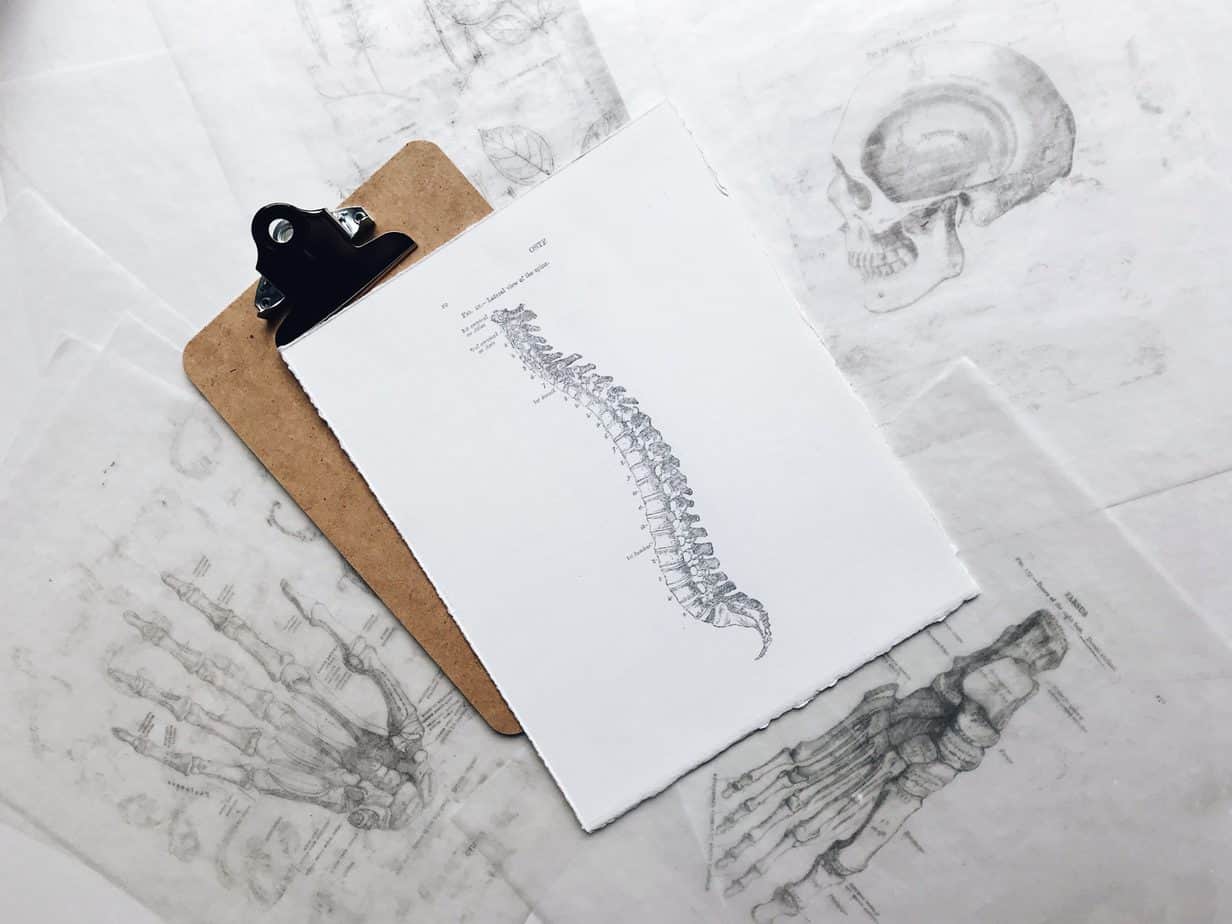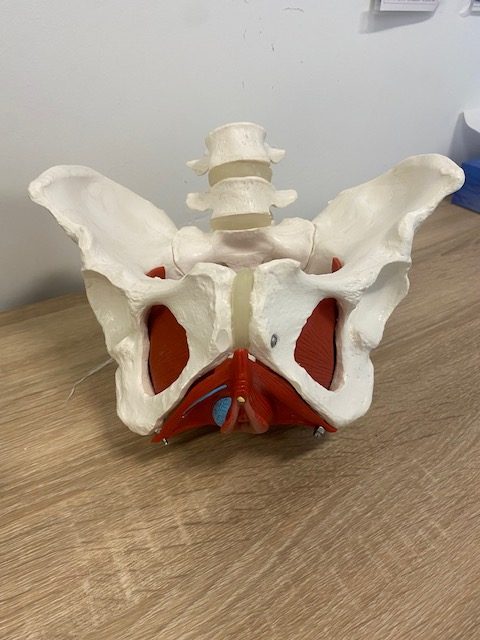Ehlers Danlos Syndrome

What is Ehlers Danlos Syndrome?
Ehlers-Danlos Syndrome (EDS) is a group of genetic disorders that primarily affects the connective tissue, particularly of the skin, blood vessels, and joints. The prevalence of EDS is estimated to be between 1 in 5000 and 1 in 100,000.
Types of EDS
There are 13 different types of EDS, most of which are rare. The most common type is called hypermobile EDS.
Symptoms of hypermobile EDS includes:
- Joint hypermobility
- Loose, unstable joints that dislocate easily
- Joint pain and clicking joints
- Extreme fatigue
- Easily bruising skin
- Problems with digestion, including constipation and heartburn
- Dizziness and increased heart rate when standing up
- Issues with internal organs, such as mitral valve problems or organ prolapse
- Bladder problems, such as urinary incontinence
How Can Physical Therapy Help?
During physical therapy, patients will learn different exercises aimed at improving muscle strength to help support joints and avoid injuries. It’s important to develop strength along the entire length of the range of motion and to develop joint stability and control. An individualized supervised exercise program is essential for individuals with EDS.
A pelvic physical therapist will evaluate and treat patients with bowel and/or bladder dysfunction. Your pelvic PT may perform an internal assessment to assess the pelvic floor muscles more specifically, checking the strength of the muscles and looking for any tight or tender areas. Your pelvic PT may then go over relaxation techniques and toileting postures or techniques and give you an individualized home program based on your symptoms and the examination findings.
Body Harmony Physical Therapy offers individualized evaluation and treatment sessions in private treatment rooms. We offer a quick call back option for potential patients who have questions or concerns related to physical therapy.







